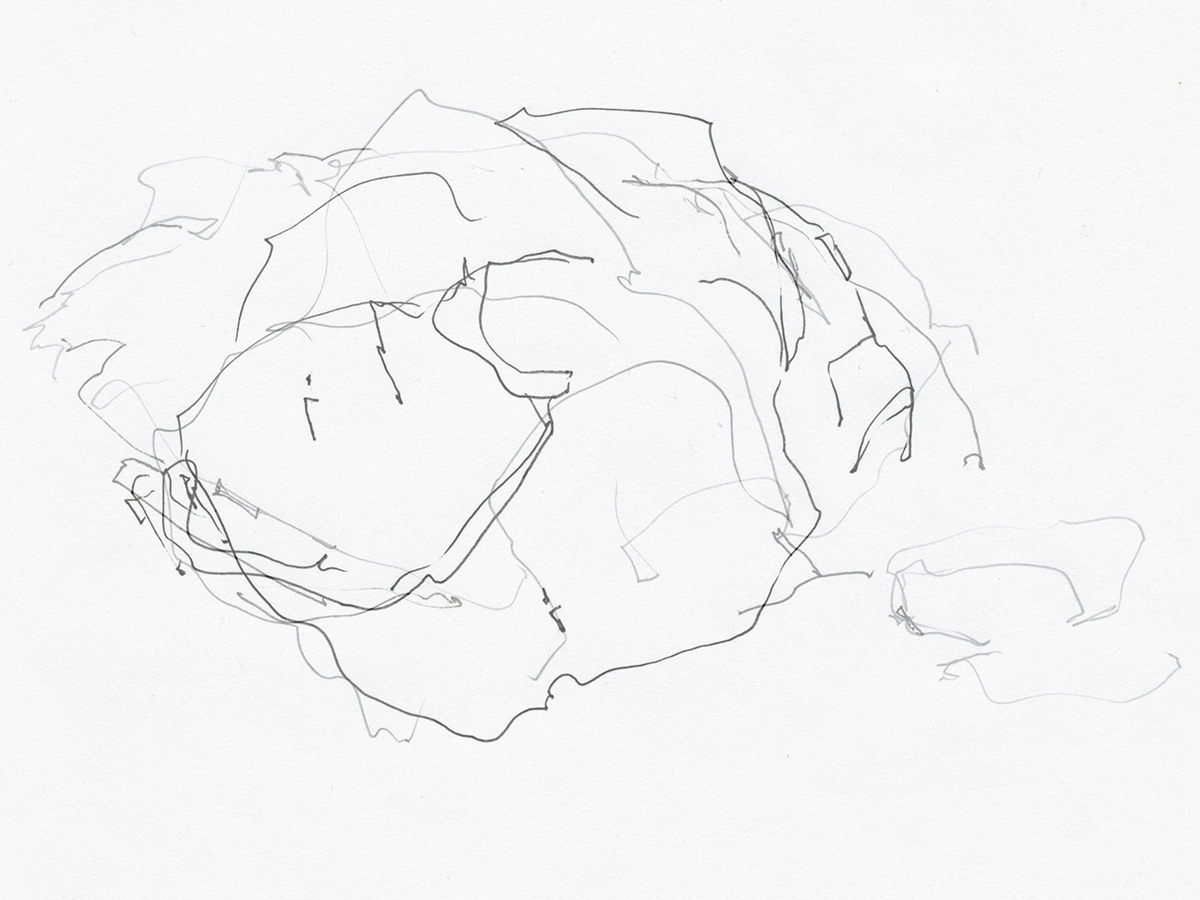ten tative answers

ex lecture notes 4 (on 3, 60 opacity)
during Next in Data Visualization
program at Radcliffe, 1 April 2019,
from which these
ten questions to ask when creating a visualization —
- Who
Who is your audience?
How expert will they be about the subject and/or display conventions?People for whom the evolving, multiplying aesthetic — and perhaps some of what might be called "content" — resonate in some way.
Viewers may be familiar with tumblr conventions, and be tolerant of my own evolving and/or multiplying conventions. - Explore-Explain
Is your goal to explore, document, or explain your data or ideas, or a combination of these?Explore, largely.
Document occasionally.
Explain (almost) never. - Categories
Do you want to show or explore pre-existing, known, human-interpretable, categories?Re-use, adapt to other ends.
- Patterns
Do you want to identify new, previously unknown or undefined patterns?Possibly, yes.
- Predictions and Uncertainty
Are you making a comparison between data and/or predictions?
Is representing uncertainty a concern?No.
No. - Dimensions
What is the intrinsic number of dimensions (not necessarily spatial) in your data, and how many do you want to show at once?Often three (the emblematic A+B+C epigram + image + additional text);
often more (derivations from multiple sources, with some element in common): in these cases, timing, alliteration, groupings, parallelism &c. are relied on — as a kind of glue or unifying wash. - Abstraction and Accuracy
Do you need to show all the data, or is summary or abstraction OK?Accuracy over abstraction;
elisions or omissions are identified as such where principle of selection is not obvious. - Context and Scale
Can you, and do you want to, put the data into a standard frame of reference, coordinate system, or show scale(s)?Presentation is somewhat standardized.
Am ordinarily careful to provide full bibliographic data (and often links to source, although these may not work outside of U.S.).
Such data may be beside the point, or even a distraction, noise, lead away. - Metadata
Do you need to display or link to non-quantitative metadata? (including captions, labels, etc.)See answer to question 8.
- Display Modes
What display modes might be used in experiencing your display?Not optimized for mobile devices; images (hosted elsewhere) don't appear on dashboards.
Best seen at asfaltics.
—
source of questions — 10qviz.org (Alyssa Goodman and Arzu Çöltekin)
more about the questions (and worth a visit)
—
scribbles in this tumblr are not — or are not intended to be — visualizations. the answers to the questions are thus slanted, for want of a better term.
moreover, answers pertain both to visual and textual posts.
and they are subject to change.
5 April 2019
tags: method; scribble; visualization